Safeguarding AI Creators’ IP Rights
In the digital age, the intersection of artificial intelligence and intellectual property rights presents a complex legal landscape yet to be fully charted. As AI systems become more sophisticated, the line blurs between the output generated by these systems and creations that traditionally would have been protected under copyright law.
The authorship question is particularly contentious, with AI often working collaboratively with human creators, potentially diffusing the clarity of ownership rights. Current IP laws, crafted in a pre-digital era, are facing challenges in addressing the nuances of AI-generated content, leaving creators in a precarious position regarding protecting their innovations.
This burgeoning issue calls for a re-examination of existing legal frameworks. It raises fundamental questions about the nature of creativity and the evolution of authorship in the age of machines. As we stand at the precipice of a new intellectual frontier, it becomes imperative to consider how the law can evolve to recognize and secure the rights of those who harness AI to push the boundaries of human ingenuity.
Key Takeaways
- The integration of AI raises complex issues related to copyright attribution and ownership, as the ‘black box’ nature of AI systems makes it challenging to determine the authorship of AI-generated works.
- Current IP laws may not provide adequate protection for AI-generated works, as copyright laws were designed for human creators, and recent jurisprudence excludes purely AI-created works from copyright claims.
- AI also poses challenges for patent eligibility, as current laws require a human inventor, and the interplay between human and machine input complicates the determination of patentability.
- Trademark issues arise with integrating AI in brand management, as AI algorithms may unknowingly create elements similar to existing trademarks, requiring trademark owners to develop new protection strategies. Determining the origin of IP in AI presents a complex challenge, and the attribution of AI-generated creations to human creators or AI itself is contentious.
Understanding AI Authorship
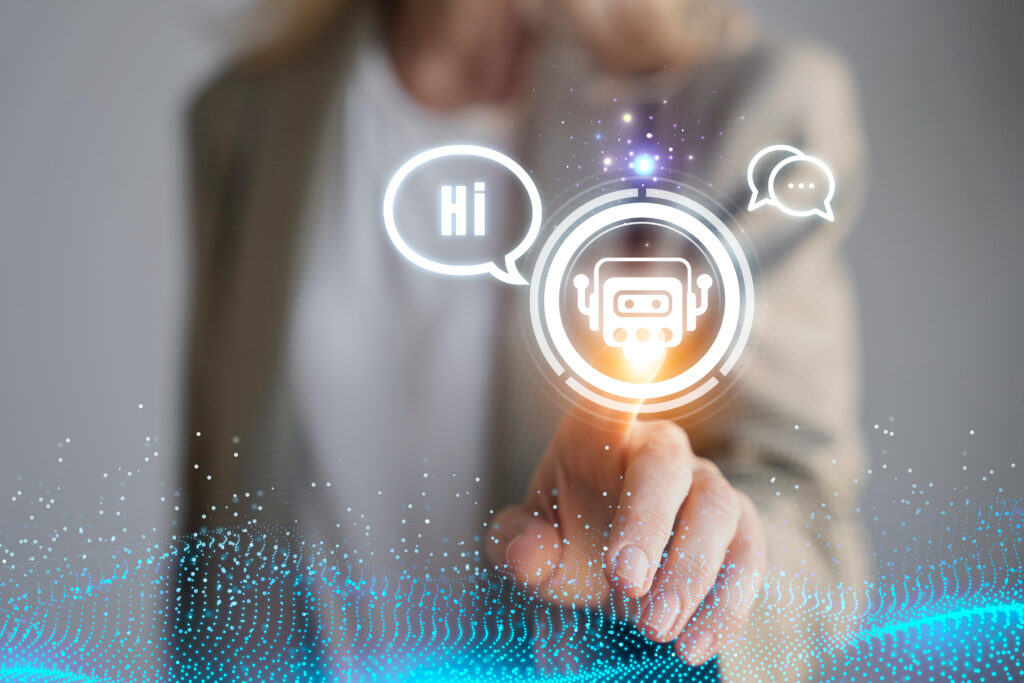
In the intellectual property realm, AI authorship presents a complex challenge, as it blurs the traditional boundaries of creativity and inventorship, demanding a reevaluation of legal frameworks to address the unique nature of AI-generated works.
The ‘black box’ nature of AI systems complicates the attribution of copyright protection, as it obscures the process and contribution of the AI in the creation of the work. This opacity often renders it difficult to ascertain whether there has been an infringement of intellectual property, specifically impacting the protection of copyrights and trade secrets.
Legal classifications are evolving to stipulate that while AI systems may participate in the creative process, human authorship is imperative for IP ownership claims. This emphasizes the necessity for a discernible human creative contribution, which, if sufficiently present, can secure copyright protection for AI-generated works.
As the relationship between AI and IP deepens, integrating AI into societal constructs will intensify the complexity surrounding data privacy and intellectual property issues. Addressing these challenges requires a multi-faceted approach that combines copyright, patent, trade secret protection, and contractual measures, all tailored to the unique attributes of AI innovations.
Thus, a nuanced understanding of authorship becomes critical in securing the IP rights of AI creators.
Current IP Laws and AI
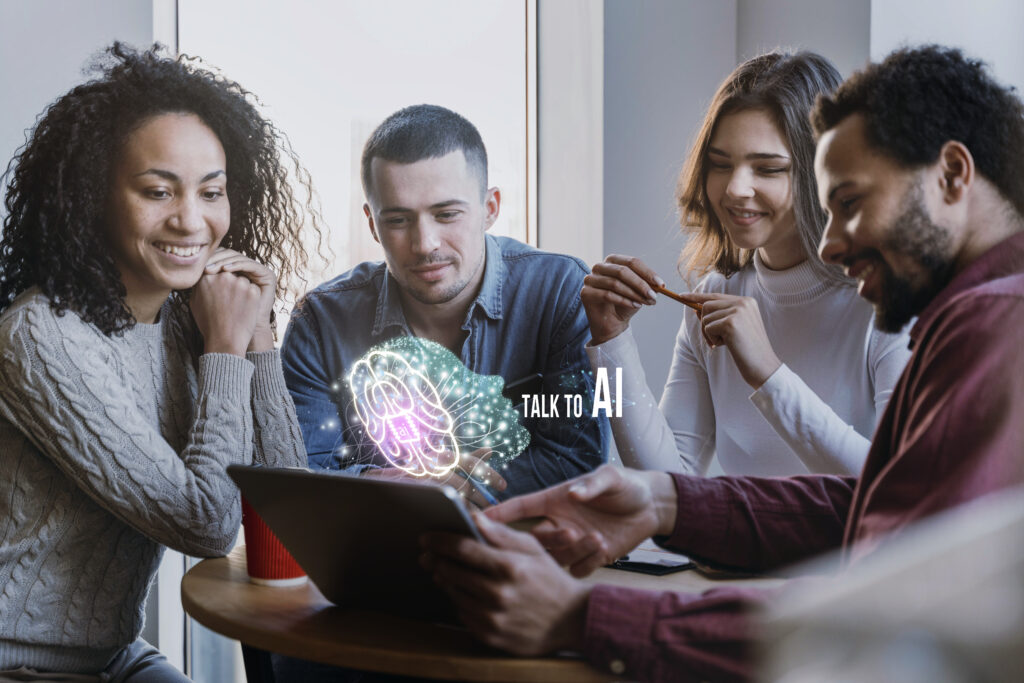
Current intellectual property laws confront unprecedented challenges in the era of artificial intelligence. Copyright difficulties surface when AI systems reproduce existing works, potentially bypassing protections afforded to human creators. The question of patent eligibility for AI-generated inventions remains unresolved. Moreover, the use of AI in branding raises intricate trademark issues. This necessitates a re-examination of traditional legal frameworks to ensure they remain robust in the digital age.
AI and Copyright Challenges
As artificial intelligence continues to advance, its intersection with copyright laws presents a complex array of challenges for existing intellectual property frameworks.
Traditional copyright protection has been designed with human creators in mind, presupposing a direct, human-authored origin for protected works. However, as the realm of AI and IP converges, a pivotal question arises: can works generated by AI be afforded the same legal protections?
The nuanced interplay between human and machine input in AI-generated content exacerbates this difficulty. Analyzing recent jurisprudence, the USCO determined that a work must originate from human authorship for copyright eligibility, thus excluding purely AI-created works from copyright claims.
This decision underscores the need for a nuanced, forward-looking reassessment of copyright laws in the age of AI.
Patent Eligibility for AI
While copyright laws grapple with the complexities of AI-generated works, patent eligibility presents its own set of intricate issues under present intellectual property statutes when considering inventions created by or with the assistance of AI systems.
The crux of the debate hinges on the Alice test, which is a litmus for patent protection but was conceived with human inventors in mind. The emergence of inventions created by an AI challenges the traditional framework, as evidenced by cases like that of Stephen Thaler, who faced hurdles in recognizing an AI as a patent claimant.
AI-generated content that offers novel and non-obvious solutions could meet the criteria for patent protection. Yet, the absence of a human inventor remains a significant barrier within current patent laws.
Trademark Issues With AI
Integrating artificial intelligence into brand management and marketing strategies has introduced a complex array of trademark issues, challenging the adequacy of existing intellectual property laws. Current IP laws grapple with the nuances of AI-generated content, where inadvertent trademark infringement may occur through AI algorithms. This creates a dangerous landscape for trademark owners, who must carefully navigate the risks of confusion and infringement.
| Challenge | Implication |
|---|---|
| Inadvertent Infringement | AI may unknowingly create brand elements similar to existing trademarks, leading to legal conflicts. |
| Protection Strategies | Trademark owners must develop new methods to monitor and protect their trade secrets and IP rights. |
| Legal & Ethical Considerations | The intersection of AI and trademarks necessitates a reevaluation and potential overhaul of IP laws. |
This situation underscores the urgency for legal protection mechanisms attuned to the digital and AI era, ensuring robust safeguarding of IP rights.
Challenges in AI Attribution
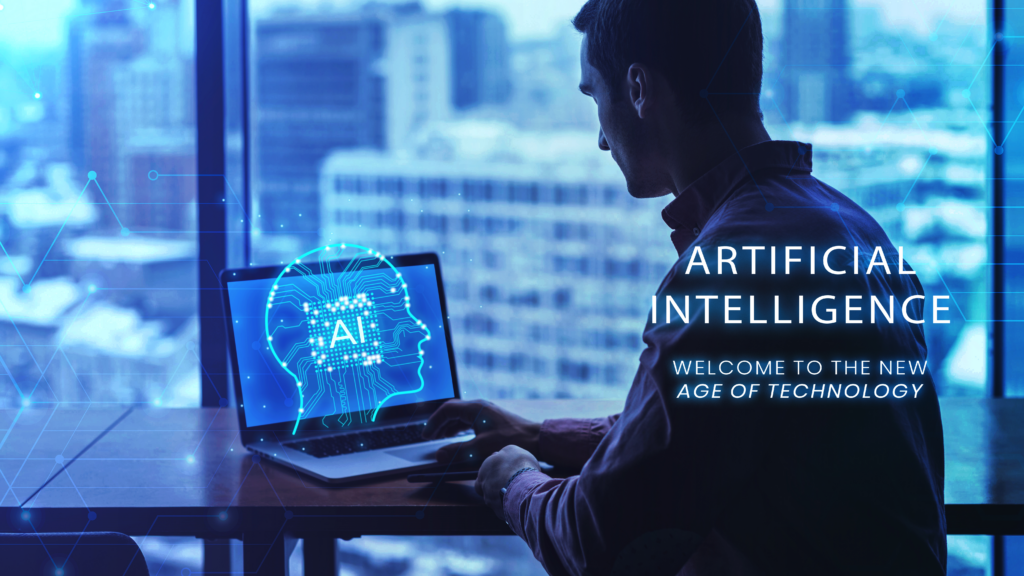
Determining the origin of intellectual property in artificial intelligence presents a complex challenge, exacerbated by the often obscure inner workings of AI systems. Attributing AI-generated creations to a human creator or the AI itself remains contentious, disrupting the traditional understanding of the relationship between AI and IP. AI algorithms, functioning as black boxes, create an opaque environment where the provenance of IP is difficult to trace, complicating creators’ intellectual property rights protections.
The existing IP framework is predicated mainly on human ingenuity and effort, a concept that is not easily mapped into the functionalities of AI. This raises questions about the validity of IP claims when machines can autonomously generate creations. Additionally, the risk of AI replicating or producing similar works without explicit permission undermines exclusive rights, especially when AI is fed with proprietary data that could inadvertently disclose trade secrets.
Moreover, the enforcement of IP rights is challenged by the difficulty in proving infringement due to AI’s complex architectures. Accidental data breaches by AI systems further jeopardize the security of exclusive rights, intensifying the need for a nuanced approach to IP attribution in the AI domain.
Rights Management for AI Works
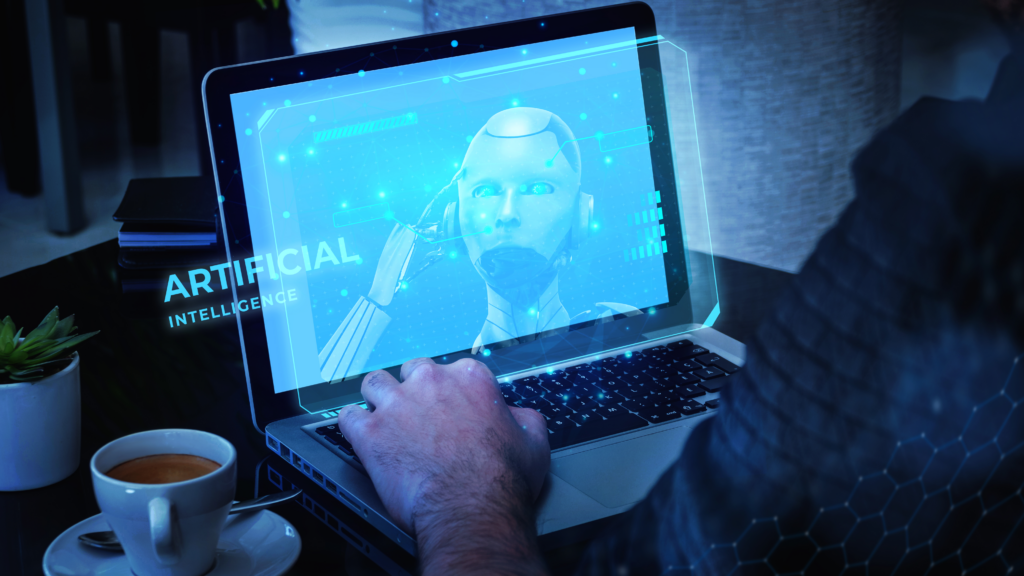
Acknowledging the complexities identified in attributing AI-generated creations and examining how rights management for AI works can be effectively structured and enforced is imperative. AI technology is rapidly advancing, and with it, the proliferation of works generated by AI. The crux of IP protection in this domain hinges on the differentiation between human and machine contributions. A nuanced approach is essential to preserve intellectual property rights and encourage innovation, considering the input of training data, algorithm design, and creative oversight by human operators.
While copyright and patent systems adapt, they must ensure that protecting AI does not stifle the human creativity they were designed to encourage. Here is a table illustrating key considerations in rights management for AI works:
| Aspect of Rights Management | Consideration for AI Works |
|---|---|
| Ownership | Sufficient human contribution to copyright |
| Data Privacy | Compliance with privacy laws during AI training |
| Creativity | Fine human contribution to copyright |
| Patentability | AI as an inventor and its legal recognition |
| Infringement Risks | Risk of AI replicating protected content |
These factors demand careful analysis to ensure that the IP protection frameworks are robust, fair, and conducive to the ongoing evolution of AI technology.
International IP Frameworks and AI
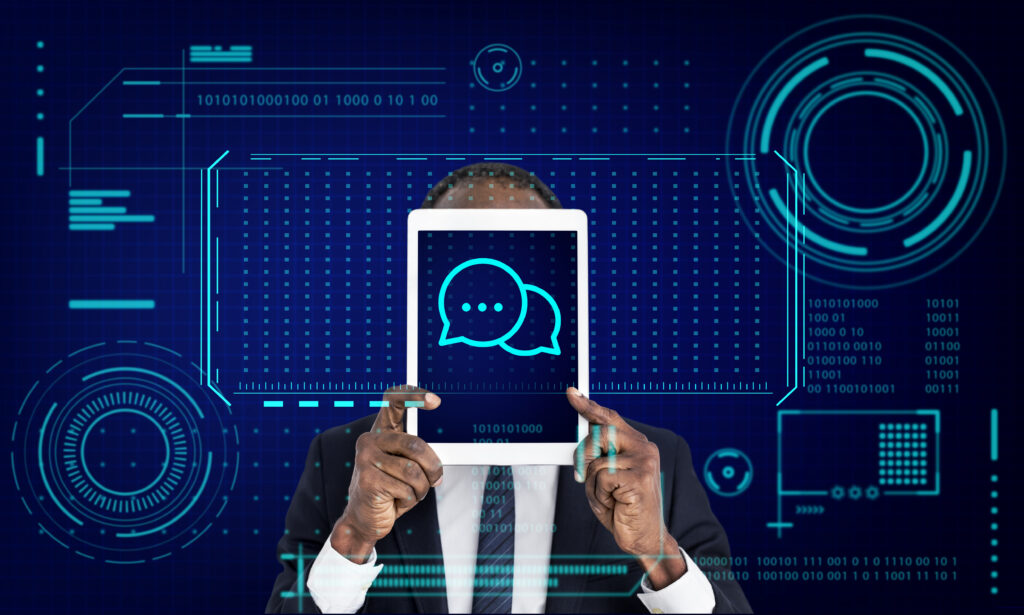
In intellectual property, international frameworks such as those established by WIPO serve as pivotal mechanisms for harmonizing the protection of AI-generated content and inventions across borders. These frameworks are governed by treaties and guidelines that inform the legal framework for IP rights about AI models. The existing IP landscape is being re-evaluated to address the evolving relationship between AI and IP creation, ensuring that copyright protection keeps pace with technological advancements.
Under the aegis of the World Trade Organization, the TRIPS Agreement sets the minimum standards for IP rights enforcement, which extend to AI innovations. However, the diversity in national legal systems presents challenges in creating a wholly congruent international IP regime for AI. Countries vary in their recognition and protection of IP rights associated with AI, leading to a complex tapestry of legal interpretations and enforcement measures.
International IP frameworks aim to facilitate a balance that encourages the development of AI technologies while preserving human creators’ rights. This necessitates an analytical approach to discern the contributions of AI models to existing IP principles, ensuring equitable attribution and remuneration for all involved in the creative process.
Case Studies: AI and Copyright Claims
Considering the international IP frameworks and their implications for AI, we must examine specific instances where AI systems have raised complex copyright claims. The evolving landscape of technology continually challenges the traditional notions of intellectual property, particularly within the realm of works generated by AI.
Here are four notable points:
- The United States Copyright Office has grappled with whether AI creations can qualify for copyright protection, traditionally reserved for human authors.
- AI developers often face the problem of asserting exclusive rights over the output of their AI systems amidst the challenges posed by the ‘black box’ nature of AI decision-making processes.
- Cases of copyright infringement have surfaced, where AI models, fueled by extensive datasets, potentially infringe upon copyrighted material without clear lines of attribution or licensing.
- The protection of exclusive rights is further complicated by AI’s propensity to process proprietary data, raising the risk of unintentionally disclosing confidential information or trade secrets.
In these case studies, AI and copyright claims reveal the intricate dance between innovation and the legal structures designed to protect it. The need for clarity and adaptation in the law is paramount to safeguard the interests of AI developers and copyright holders alike.
Licensing AI-Generated Content
Licensing AI-generated content is a critical mechanism for AI creators to specify permissible uses and limitations, ensuring their creations are used in ways that align with their intentions.
A clear definition of licensing terms is fundamental in addressing the intricate challenges posed by copyright law as it relates to the ever-evolving domain of AI.
An analytical approach to constructing license agreements can provide creators with the legal safeguards to secure attribution and fair compensation for their work.
Defining Licensing Terms
Establishing licensing terms for AI-generated content is a critical process delineating the rights and responsibilities associated with using and distributing such content. To navigate the complexities of copyright and intellectual property rights, consider the following:
- Scope of Usage: Detail permissible applications of AI-generated works, including commercial or educational limitations.
- Attribution and Royalties: Establish requirements for crediting the AI or its creators and outline any financial compensation structures.
- Duration and Renewal: Define the license’s time frame and renewal conditions, recognizing the dynamic nature of AI and associated data sets.
- Fair Use and Trade Secret Protection: Integrate provisions for fair use while ensuring trade secret protection for proprietary algorithms and data sets.
An analytical approach to these licensing terms ensures a balance between innovation and safeguarding intellectual property.
Navigating Copyright Challenges
Navigating the complexities of copyright law in the context of AI-generated content necessitates a robust legal strategy that clearly defines ownership and protects against potential infringement.
As generative AI evolves, legal protection for AI-generated works becomes paramount. IP lawyers are critical in constructing privacy-by-design approaches that respect data privacy while ensuring compliance.
To foster innovation, legal frameworks should acknowledge the capabilities of AI systems as inventors, provided there is sufficient human creativity to satisfy copyright requirements. Employing patents, trade secrets, and bespoke contracts are pivotal strategies for safeguarding these novel forms of intellectual property.
Moreover, clear attribution, diligent registration, and a profound understanding of fair use exceptions underpin robust copyright protection, aligning with evolving Supreme Court precedents.
Ethical Considerations in AI IP
Ethical considerations in AI intellectual property rights are paramount as innovators and legislators grapple with the complex interplay between technological capabilities and legal frameworks. As AI becomes more advanced, it raises profound ethical questions about the ownership and use of AI-generated content.
Notable ethical concerns include:
- The potential for AI systems to infringe upon individual privacy rights during the AI training process.
- There is difficulty in attributing authorship to works generated by AI, blurring the lines between human contribution and machine generation.
- The risk of AI replicating existing copyrighted content undermines the value of original innovation and creativity.
- The challenge is ensuring that legal systems recognize AI-generated works without stifling the incentives for human creators.
In navigating these ethical considerations, it becomes essential to balance the protection of intellectual property with promoting innovation. This balance requires a nuanced approach that respects the rights of human creators while acknowledging the unique nature of AI contributions to the creative process.
The development of AI systems must incorporate ethical principles to safeguard against the unauthorized use of data and to ensure that AI-generated works respect existing IP laws and the rights of original creators.
Future of AI IP Legislation
As we consider the evolution of copyright laws in the context of AI, it is evident that legislative bodies must adapt to the complexities introduced by non-human creators. The challenge of achieving global harmonization in intellectual property laws becomes increasingly daunting when confronted with the disparate pace of AI advancements across jurisdictions.
It is imperative that future legislation not only protects the rights of human creators but also addresses the unique implications of AI-generated content and the use of such content in AI training processes.
AI Copyright Evolution
While the digital age accelerates, the evolution of copyright laws concerning AI is imperative to address the complex intellectual property challenges emerging from AI-generated content. The AI copyright evolution is unfolding as follows:
- Recognition of AI as Inventors: Recent rulings challenge traditional notions, suggesting that legal classification should recognize AI systems’ capacity for invention.
- Ownership of AI-Created Works: There is a growing consensus that companies should be able to claim ownership of patentable IP generated by AI.
- Data Privacy Compliance: AI’s voracious data consumption necessitates stringent adherence to data privacy laws to prevent copyright infringements.
- Protection Against Replication: AI poses significant legal risks to IP rights, with algorithms capable of replicating or creating similar works without authorization, compelling the Federal Circuit to re-examine IP issues related to creations produced by AI.
Global IP Harmonization Challenges
Navigating the intricacies of international intellectual property law presents a formidable challenge in the quest for global harmonization of AI-generated content rights. As AI advancement marches forward, disparities in patent law and the recognition of creations produced by AI become evident. The challenge lies in the lack of uniformity across jurisdictions, which complicates the landscape of AI and its intersection with Intellectual Property.
| Aspect | Challenge |
|---|---|
| Legal Frameworks | Diverse national laws to explicitly address AI IP rights. |
| International Agreements | No consensus on global standards for AI-generated IP. |
| Recognition of AI | There is no consensus on global standards for AI-generated IP. |
| Innovation Pace | Legislation needs to catch up to rapid AI advancement. |
The precision with which these global IP harmonization challenges are addressed will shape the legal acknowledgment of AI’s creative potential.
Protecting AI IP: Practical Steps
To protect AI creators’ intellectual property rights, it is essential to employ a multifaceted approach encompassing legal, technical, and strategic measures. AI-generated works pose unique challenges in copyright protection, as traditional legal frameworks may need to fully recognize the outputs produced by Machine Learning (ML) algorithms. To address these challenges, creators and tech companies must proactively implement measures that safeguard their innovations.
Here are practical steps to protect AI intellectual property:
- Implement privacy-by-design approaches to ensure that AI development aligns with data privacy laws, thereby preemptively addressing any legal issues related to data sources.
- Utilize anonymization and pseudonymization to protect the personal data utilized in training AI systems, reducing the risk of infringing upon individuals’ privacy rights.
- Develop comprehensive IP strategies to preemptively mitigate intellectual property disputes, including thorough licensing agreements and explicit data set usage rights definitions.
- Advocate for policy reform granting legal recognition to AI systems as inventors, providing a more transparent framework for copyright protection of AI-generated content and inventions.
FAQs
How does the level of human involvement impact intellectual property rights in AI-generated content?
The level of human involvement, such as the creative input during training or the configuration of AI algorithms, can impact ownership. In cases where human creativity is a significant factor, the human creator may have stronger claims to the intellectual property.
What role do ethical considerations play in securing intellectual property for AI creators?
Ethical considerations include transparency about the role of AI in content creation, ensuring fair attribution to human contributors, and avoiding deceptive practices. AI creators should adhere to ethical guidelines and advocate for responsible AI use.
Can AI creators enforce their intellectual property rights against unauthorized use?
Yes, AI creators can enforce their rights by monitoring for unauthorized use, sending cease and desist notices, pursuing legal action when necessary, and collaborating with intellectual property attorneys. Clear documentation and legal registration strengthen enforcement efforts.
What international standards or treaties address intellectual property in AI-created content?
Intellectual property protection is subject to national laws and international treaties. Treaties like the Berne Convention provide a framework for copyright protection, but national laws may vary. Creators should be aware of legal frameworks in relevant jurisdictions.
How can AI creators navigate legal challenges associated with intellectual property rights?
AI creators can navigate challenges by seeking legal advice, clarifying ownership in collaboration agreements, keeping detailed records of the creative process, and staying informed about developments in intellectual property law related to AI.